

Paul Maric
This Tesla self-drove me 50km to Bunnings on its own (almost)
6 Days Ago

Design Contributor
Jordan Rubinstein-Towler (25) is an industrial designer from Cincinnati, Ohio with a passion for automotive design. He graduated from Detroit’s College for Creative Studies in 2017 and since then he has been working with Lacks Enterprises in Novi, Michigan.
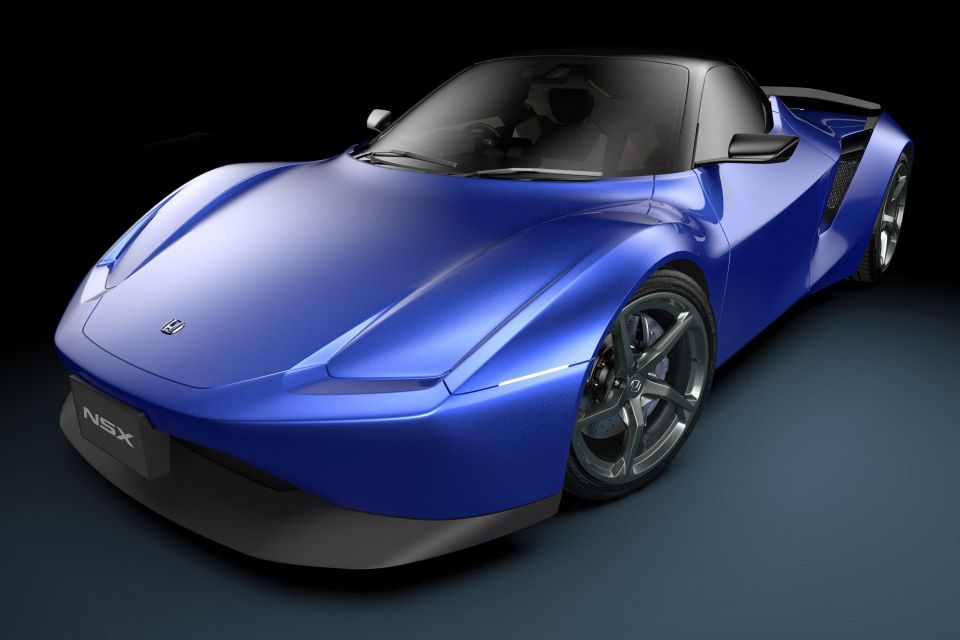
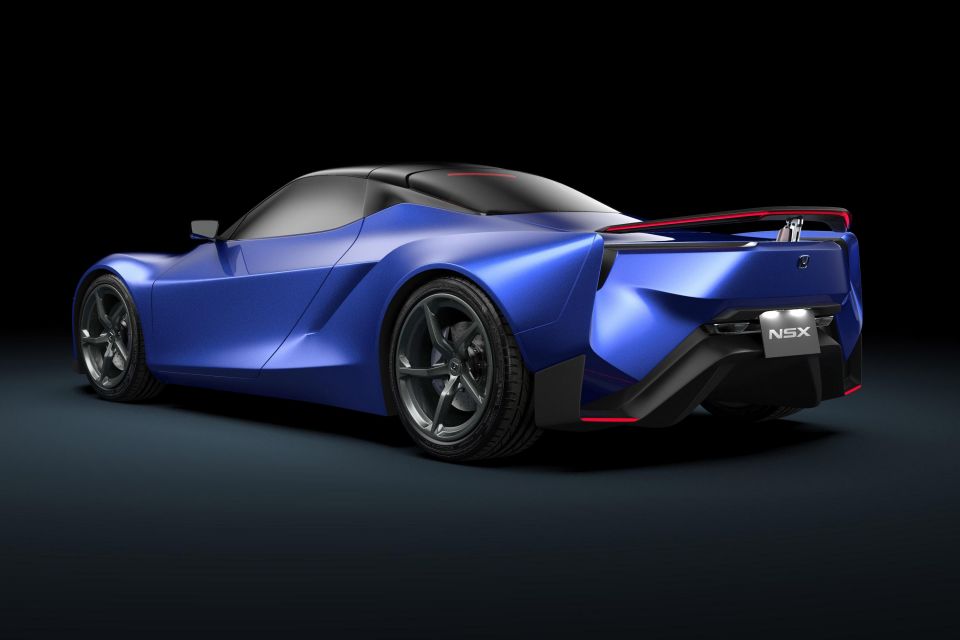
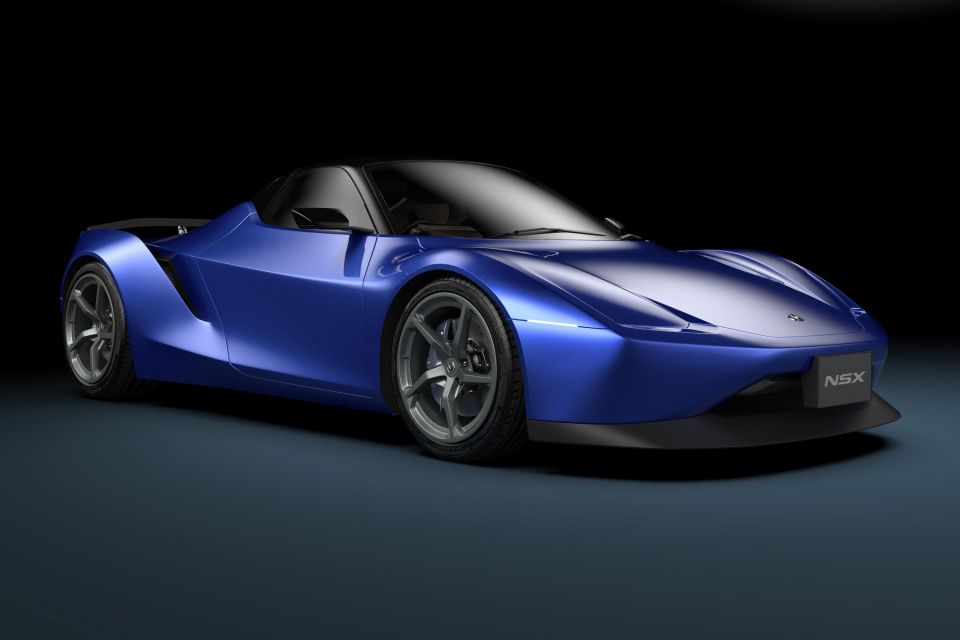
The concept was envisioned as a modern reinterpretation of the original NSX (1990-2005) with a more evolutionary approach compared to the second-generation Honda NSX (2016-present).
“My goal was to reinterpret the new Honda NSX as both a stylistic and technical evolution of the original car, focusing on elegant simplicity, rather than the complex technology-focused reinvention that was actually released for production,” says Jordan.
The car is envisioned with a transversely positioned, non-hybrid, naturally-aspirated V6, paired with a choice of manual or dual-clutch transmission sending power to the rear axle.
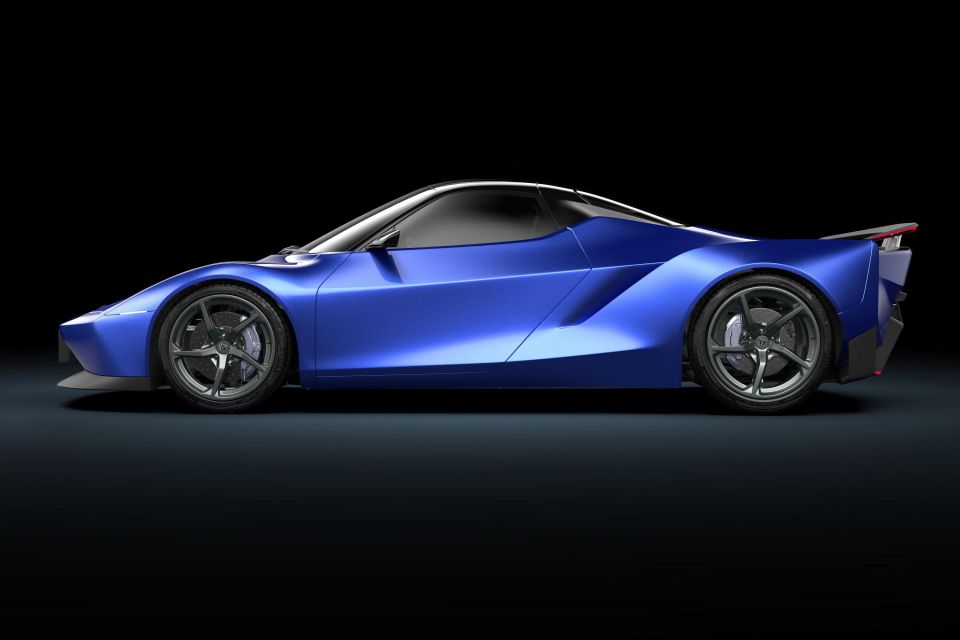
The proportions of the concept car are similar to the original NSX with a supercar-inspired, mid-engined layout. The bonnet is short with a low and sharp nose, the windshield fairly large, the cabin has a forward stance, and the tail is long.
The dimensions are also pretty similar, measuring 4400mm x 1940mm x 1175mm with a wheelbase of 2609mm (the original NSX measured 4404mm x 1811mm x 1171 mm and had a wheelbase of 2530mm).
According to Jordan: “Stylistically, I wanted to combine modern forms and proportions with signature design elements that made the original NSX instantly recognisable. I also wanted to create a clean, airy, and functional design to contrast with the new NSX’s heavily ornate and heavy appearance.”


Despite the obvious similarities with its source of inspiration, the surfacing looks modern and the bodywork heavily sculpted giving the car a muscular appearance.
On the profile, there is a strong character line starting from the nose, running through the side where it creates a crease on the bodywork and then it hides inside the side intakes before reappearing at the rear end. The glasshouse also has a more aggressive stance, thanks to the rising belt line, although it retains the wraparound look with black-painted roof and pillars.
The beautiful dark painted wheels have five thin spokes (similar to the ones on the original Honda S2000) revealing the large ventilated disc brakes with coloured calipers.
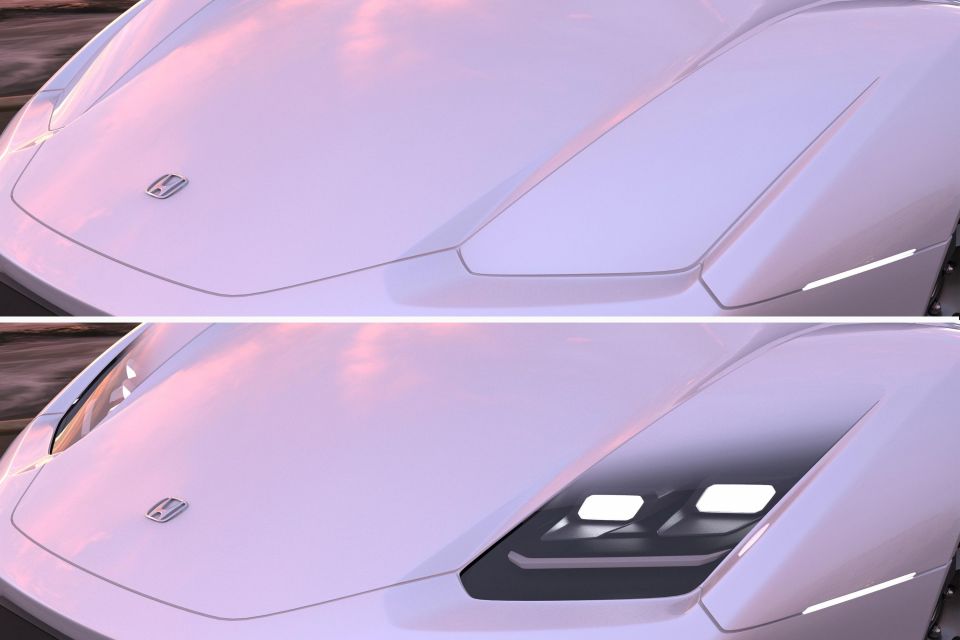
At the front, besides the low and sharp nose, the ultimate highlight is the LED headlights. Sitting on slightly recessed areas integrated in the toned fenders, the headlights become body-coloured when turned off, visually merging with the flat bonnet, resembling the pop-up units of the classic NSX.
“I tried to preserve the classic NSX shape, with a pointed nose and long squared-off rear. In a callback to the pop-up headlights of the original, I decided to integrate electrochromatic headlight lenses that become opaque and blend seamlessly into the body when not in use,” the designer says.
Other than that, there is a single air intake on the front bumper without any decorative elements, and a large aerodynamic splitter made from carbon fibre.


The back of the concept car is also quite interesting, with an aggressive and angular look. The rear fenders look separate from the rest of the bodywork thanks to their sharp edges, the beautiful design of the side intakes, and the special inlets at the corners of the sculpted rear bumper.
The same can be said for the lower part of the tail which is made from carbon fibre and integrates the large diffuser as well as the aerodynamic fins on the sides highlighted by thin reflectors. The discreet dual trapezoidal tailpipes are located on the sides of the licence plate, nicely merging with the bodywork.
The actual ultra-slim taillights are located on the upper edge of the tail. As Jordan describes them: “The iconic full-width LED rear lighting is fully integrated into the active spoiler, a reference to the thin brake light strip stretching across the fixed wing on the original NSX.”

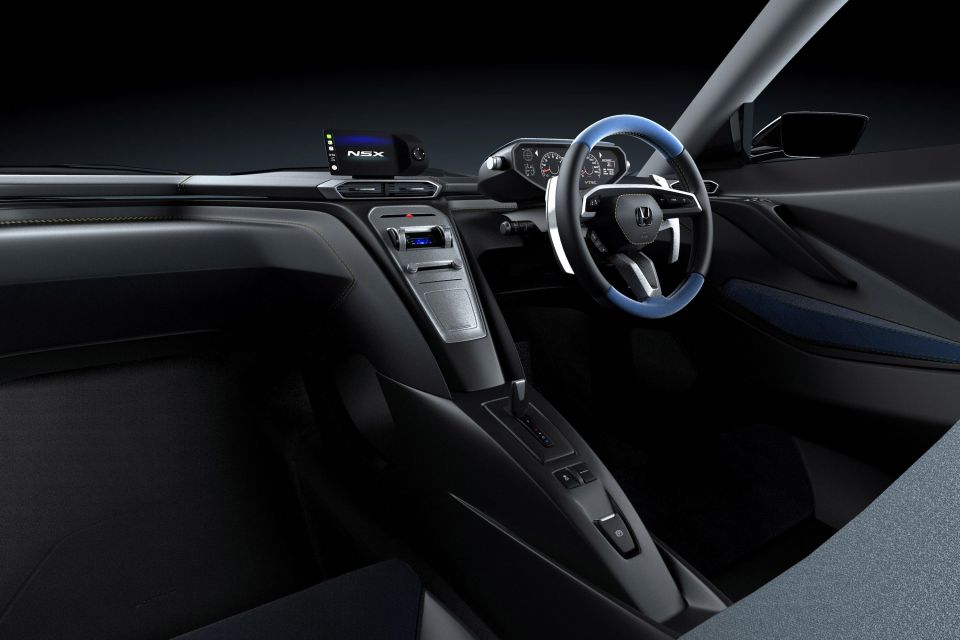
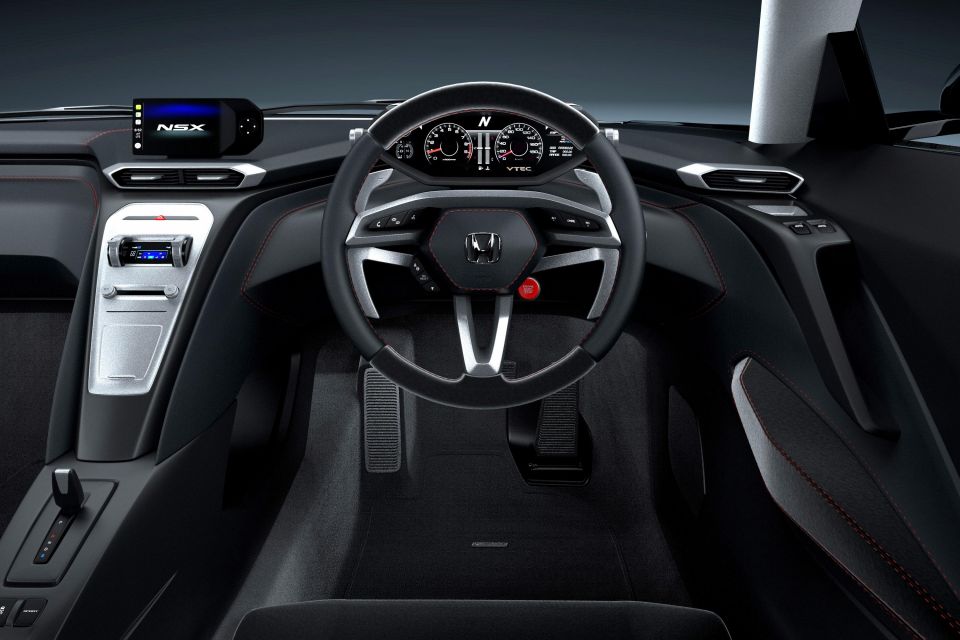
Inside, the design is driver-focused with a pushed-back dashboard that extends to the thick door inserts, hugging the two-seater cabin. It kind of looks like a supercar interior from the 10’s without the bling.
Sharp details like the elongated climate vents seem to be inspired by racing. The slim and heavily tilted center console houses the climate controls, and merges with the central tunnel through an arc-shaped unit. There, we find a tiny automatic gearbox selector (shift-by-wire), a Sport mode button, and ESP-off button and the electric handbrake. No cupholders or storage compartments are visible as practicality is not a priority for a driver’s car.
As for technology, the central touchscreen looks tiny for today’s standards (maybe the designer tried to prove a point), but there is also a fully digital instrument cluster behind the three-spoke steering wheel with analog-style appearance.
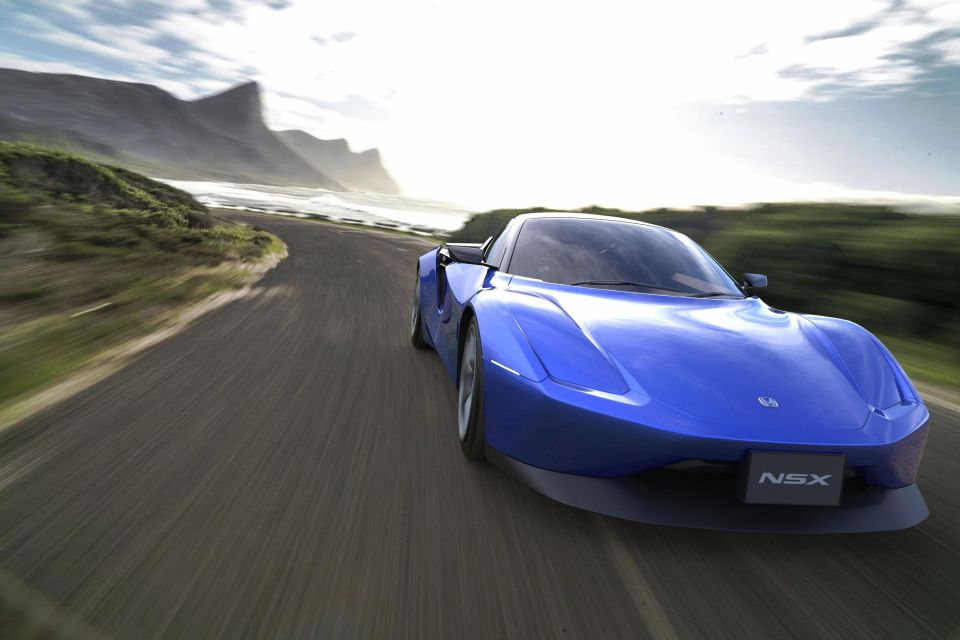
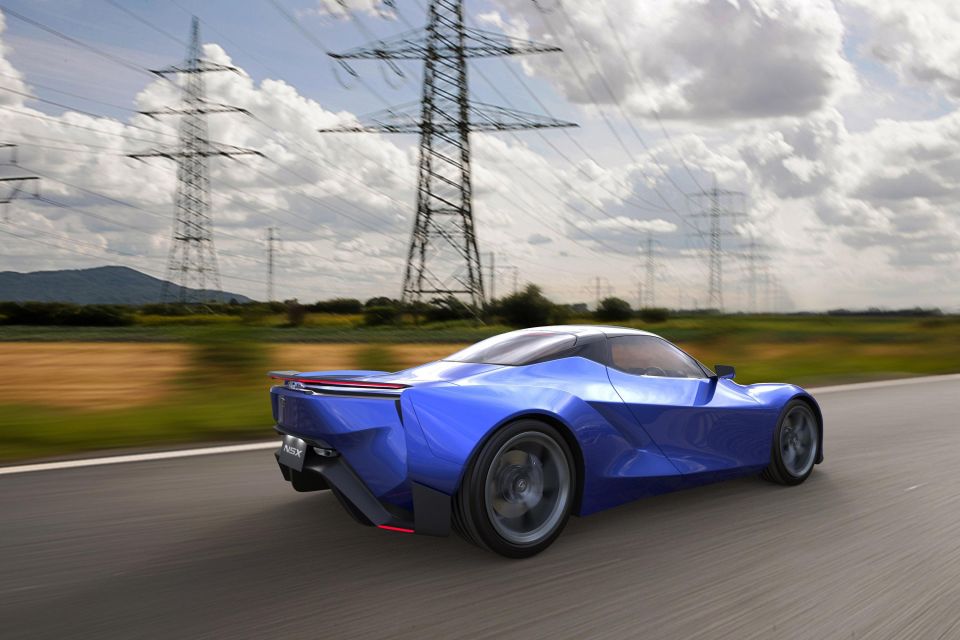
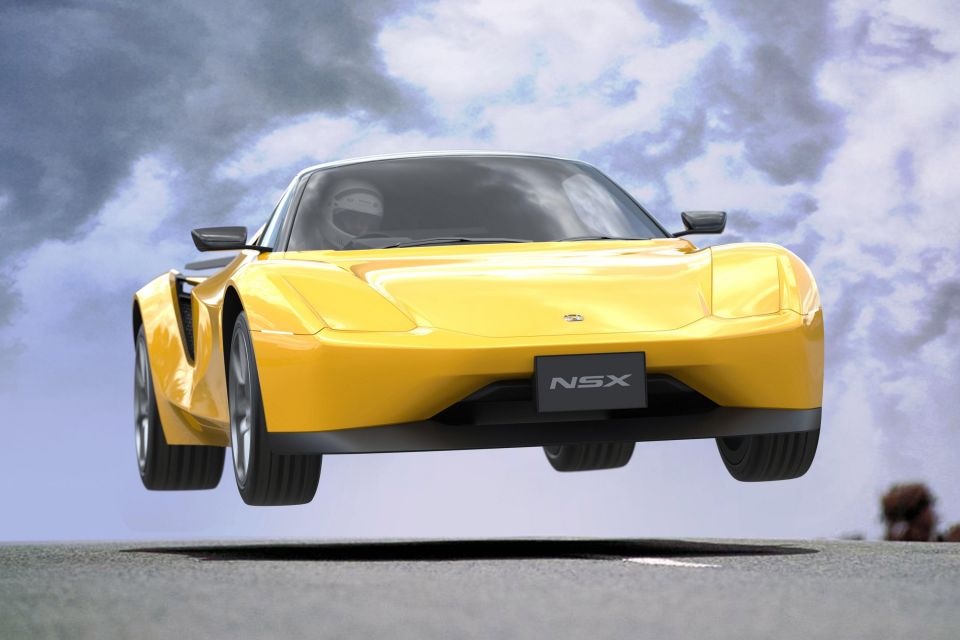
This modern NSX revival is an independent design study that gives us an interesting alternative to Honda’s approach on the second-generation production car. It does a great job in retaining the signature elements and the overall simplicity of the original NSX, infusing the car’s essence in a modern sports car.
Like its predecessor, it is characterised by supercar-inspired proportions and has many exotic design cues, however it uses modern surface treatment resulting in sharper styling. The driver-oriented nature is evident in the puristic exterior and in the designer’s choice for the naturally aspirated underpinnings.
Having said that, this concept car could only exist in the digital world, as it is not fit for neither the safety regulations dictating today’s automotive design, nor the strict emission standards that demand electrified powertrains.
If you liked the Honda NSX, you can find more examples of Jordan’s work on his Instagram.
Disclaimer: The Honda NSX was independently designed by Jordan Rubinstein-Towler for show purposes as a free-time project, and is not associated with Honda.
Where expert car reviews meet expert car buying – CarExpert gives you trusted advice, personalised service and real savings on your next new car.


Paul Maric
6 Days Ago
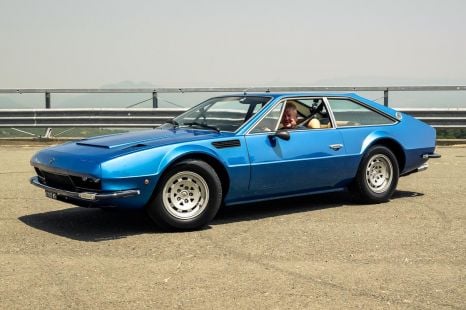

Anthony Crawford
5 Days Ago


Max Davies
4 Days Ago


James Wong
3 Days Ago


James Wong
2 Days Ago


Max Davies
1 Day Ago